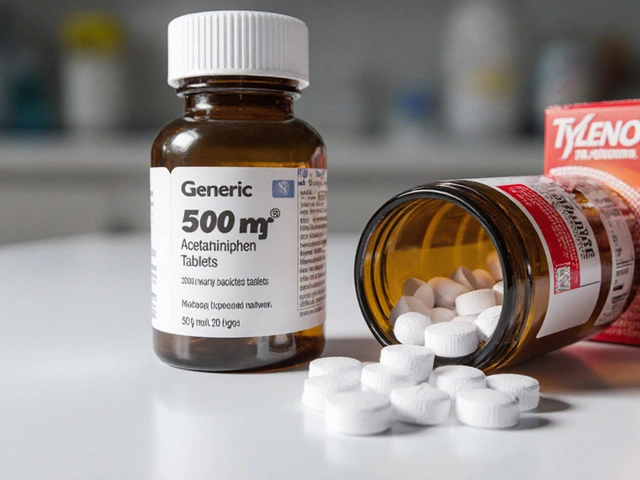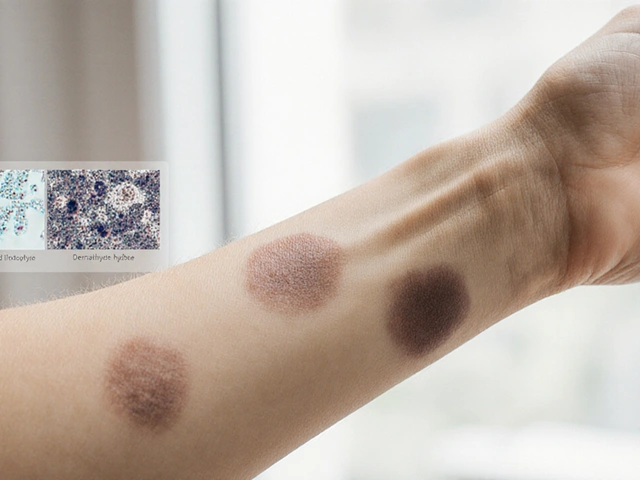Cold Therapy: How to Use Ice to Reduce Pain Fast
Feeling sore after a workout or dealing with a swollen ankle? A bag of ice can be your cheapest, fastest fix. Cold therapy works by narrowing blood vessels, which slows down swelling and numbs pain. You don’t need fancy equipment—just a few everyday items and a bit of know‑how.
When to Use Cold Therapy
Ice is best for new injuries that cause swelling, like sprains, bruises, or post‑exercise muscle soreness. If the pain started less than 48 hours ago, reach for a cold pack. It’s not the right choice for stiff joints that have been hurting for weeks; that’s where heat or motion usually helps more.
Apply cold for 10‑20 minutes at a time. Longer than that can hurt the skin and nerves. Take a break of at least 30 minutes before you ice again. This cycle lets your body reap the benefits without risking frostbite.
DIY Cold Packs You Can Make at Home
Got no commercial ice pack? No problem. Fill a zip‑lock bag with frozen peas, corn, or a handful of ice cubes. Wrap the bag in a thin towel so the cold isn’t too harsh on your skin. A wet towel placed in the freezer for an hour works great, too—just squeeze out excess water before you use it.
For a reusable option, mix one part dish soap with two parts water in a sealable bag and freeze it. The soap stops the ice from turning into a hard block, keeping it flexible enough to mold around joints.
Remember to keep the cold source from direct contact with skin. Even a few seconds of ice on bare skin can cause damage. A thin cloth barrier is enough.
After you finish icing, gently move the area. Light stretching or a short walk can keep blood flowing and prevent stiffness. If swelling doesn’t improve after a couple of days, it’s wise to see a healthcare professional.
Cold therapy isn’t just for injuries. Many athletes use it after intense training to speed up recovery. It also helps with headaches—just place a cool compress on the forehead for a few minutes.
Bottom line: Ice is cheap, easy, and effective when you use it right. Keep a few DIY packs in your freezer, know the 10‑20 minute rule, and you’ll have a reliable tool for everyday aches and sudden injuries.

How to Use Heat and Cold Therapy for Fast Muscle Stiffness Relief
Learn step‑by‑step how to apply heat and cold therapy to ease muscle stiffness, when to choose each method, safety tips, and a handy comparison table.
View More




